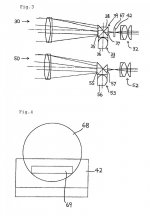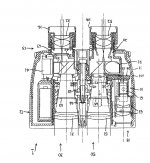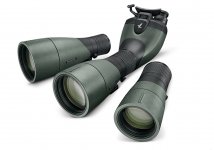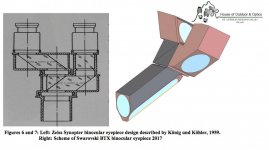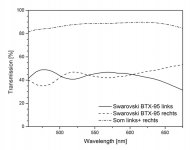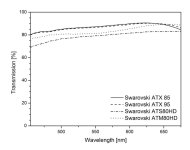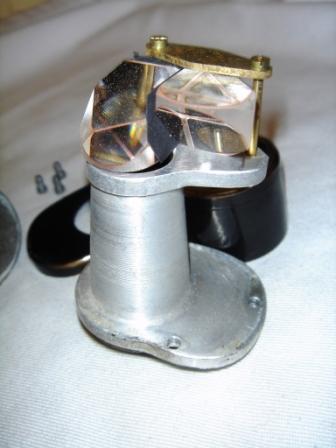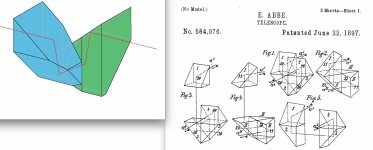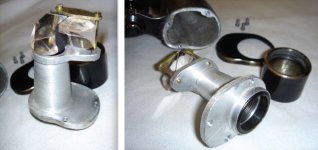Hi Edmund,
Of course you are right. In making those comments about transmission, I was aware that there are technical qualifications,
in that the transmission curves of the Leica and Zeiss rangefinders differ markedly from their non-RF counterparts
- and that the Swarovski EL Range is outstandingly superior in this regard (both in overall shape and left-right consistency)
e.g. see this thread and especially Gijs' transmission graphs at post #19 at:
https://www.birdforum.net/showthread.php?p=3883587#post3883587
However, I was talking in terms of outcome. And for obvious reasons I wanted to make a practical point, without a large number of technical qualifications
On reflection, I should have more much precisely said:
’The physical additions for data projection do not
significantly influence the
perceived overall hue of the viewed image’
What’s striking, is that notwithstanding the complex shapes of the Zeiss and Leica RF curves and their left-right variations, that almost without exception, people:
- don’t comment on the hue of the perceived images as being different to the non-RF counterparts (with Canip being an exception in post #9 of the above link), and
- nor do they comment on notable deficiencies in the range of perceived hues
Though a rare individual may:
- consciously perceive the difference in overall transmission between the two barrels by noting that one is notably darker, and
- may also experience eye strain (which he may have correctly or not attributed to the relative darkness of one barrel)
e.g. see the contrasting comments at:
https://www.birdforum.net/showthread.php?t=373583
In practice we seem to have much more tolerance for, and ability to adapt to, technical inconsistencies then we would think
As can be see from Gijs’ data, if we were in practice as sensitive to transmission differences as test conditions indicate,
Zeiss and Leica would be unable to give away their binocular rangefinders!
- - - -
I think that it’s generally under appreciated just how much control over the range of perceived hues that modern manufacturers can and do exercise
If we look at a basic non-RF binocular and only consider the primary anti-reflective coatings on the lens surfaces, it will have at least 10 air-to-glass surfaces:
3 eyepiece groups and 2 objective groups including the focuser, each with a front and rear surface - with each having a minimum of 3 coatings
However, this does not mean that the coatings are the same on each surface (there is a large range available)
This is readily apparent with many binoculars when just comparing the main reflection from the objectives to those of the eyepieces
And if you look deeply into an objective you’ll often see a series of different colours reflected from the various air-to-glass surfaces
And manufacturers do tune the coatings of different models in the same range
e.g. my Leica Ultravid HD 7x42 and 8x42 have markedly different coloured reflections from the objectives
(yellow-green and pink verses blue and green; and for what its worth, their numbering is within 2,700 units)
Consequently, I wouldn’t be surprised if Zeiss or Leica do differently tune the interior coatings between the two barrels of their RF models
(you’d expect that they’d keep the exterior surfaces the same to avoid the obvious query as to whether there was something wrong with the lenses)
With computerised and automated production of batches of components, the above would not be difficult
John
p.s. In relation to my comments on autism, I don’t have a binary view but rather a functional one
The issue is that when such a condition is present, the degree to which it affects an individual’s behaviour and hence his or her interaction with others
When behaviour is socially unacceptable - due to whatever cause - it needs to be addressed





